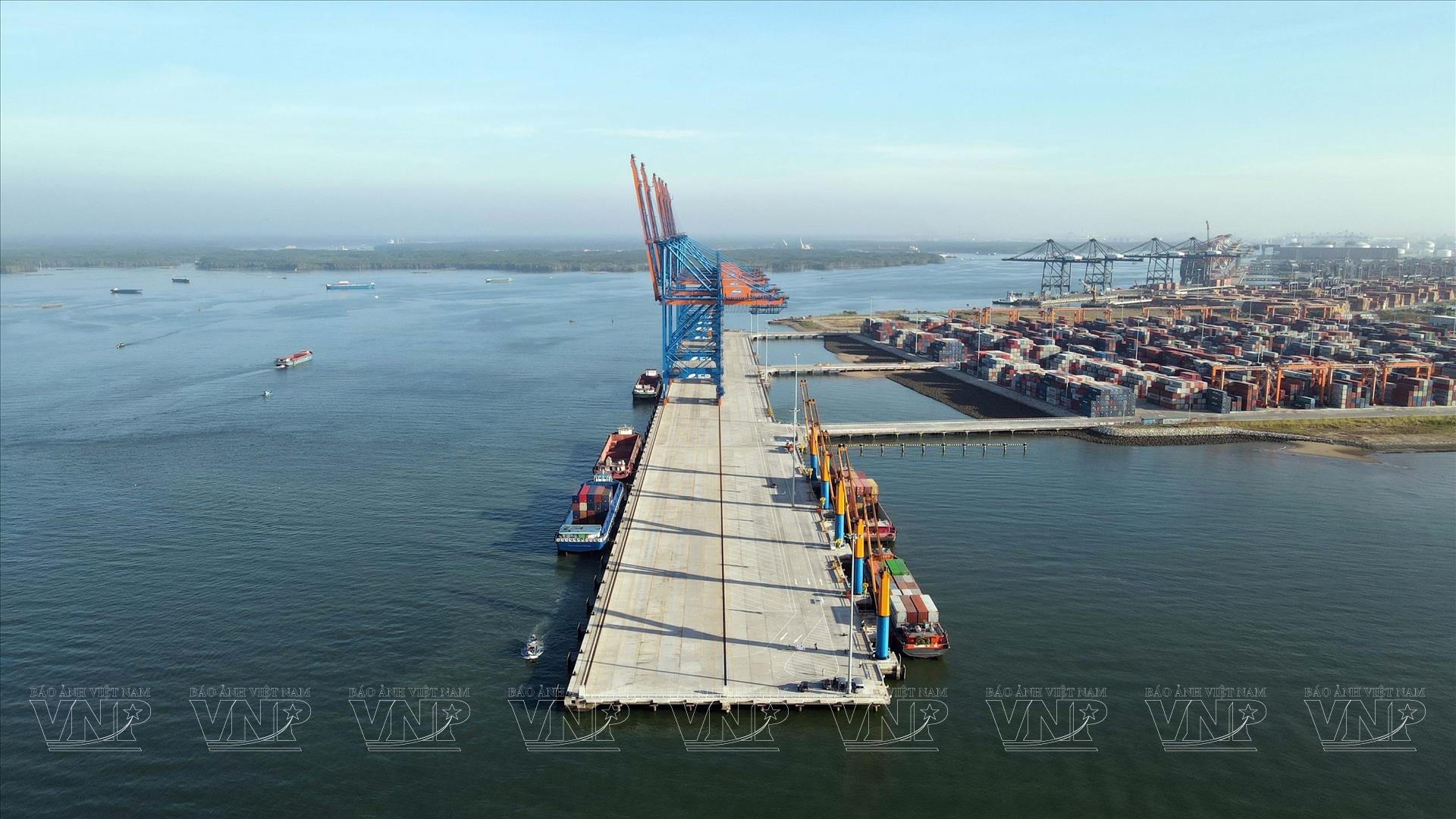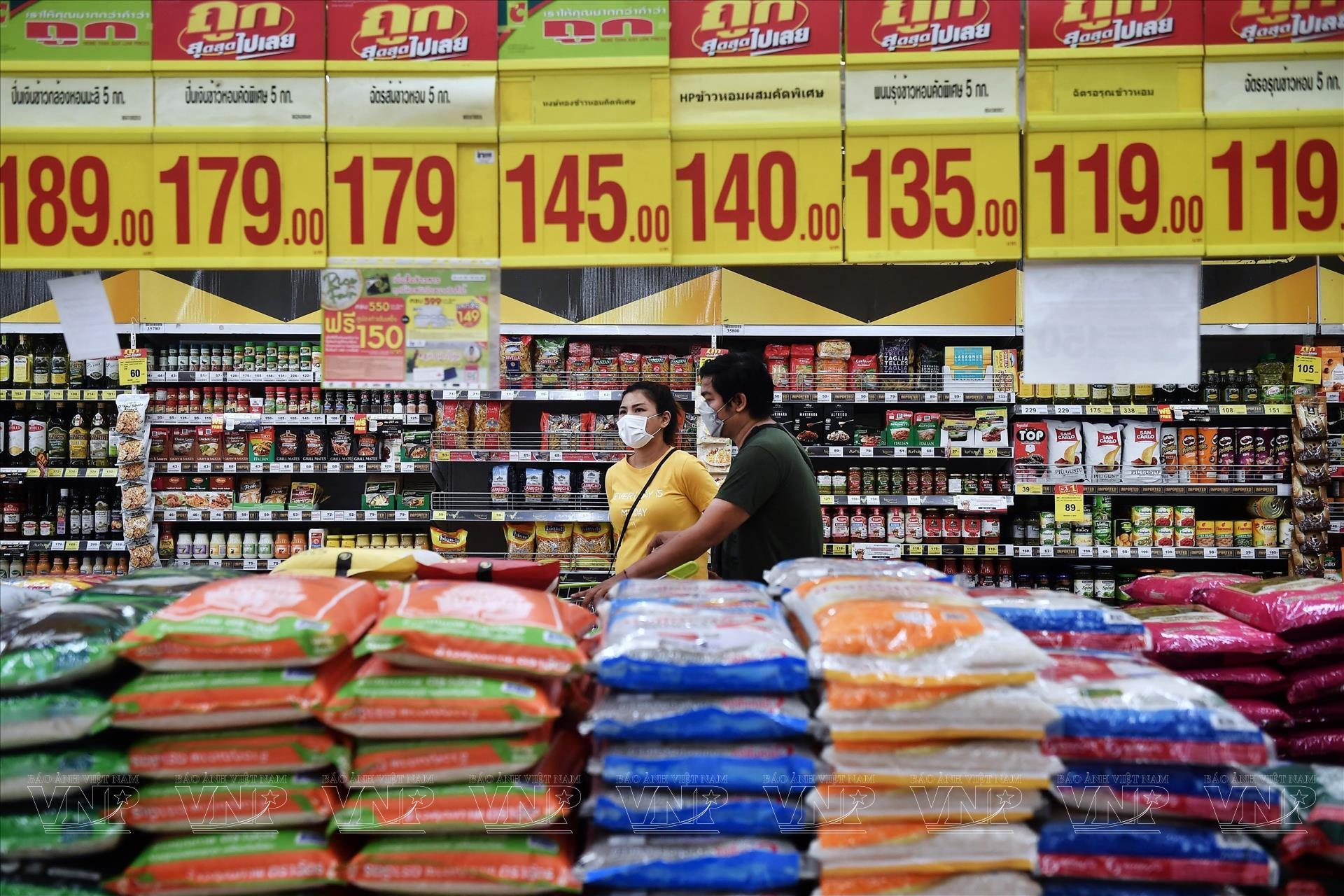Speeding up ASEAN’s Economic Recovery
In the context of the world facing many challenges such as food security, climate change, congestion in shipping and global supply chains, the 54th ASEAN Economic Ministers' Meeting (AEM-54) and related meetings held in Cambodia have implemented measures to promote economic recovery and growth in a sustainable and comprehensive manner.

As the third largest economic region in Asia and the fifth in the world, Southeast Asian economies are showing signs of recovery. According to a survey by the Asian Development Bank (ADB), the region's economic growth in 2021 increased to 2.9% and is expected to reach 4.9% for 2022.
Discussing maritime traffic, Deputy Headof the Vietnam Maritime Administration (VMA) Hoang Hong Giang said that ASEAN is on track to become the fourth largest economy in the world, but the pandemic has had a strong impact on the bloc's maritime activities. However, the recent challenges have been an invisible motivation for the ASEAN maritime community to be more active, and to come up with initiatives to promote maritime development.
The volume of cargo through Vietnam’s seaports in 2021 reached 703 million tons, up two per cent compared to 2020, and the container volume was over 24 million TEUs. Despite the impact of the COVID-19 pandemic, Singapore continued to be the world's busiest container transshipment port in 2021, handling a total of 599 million tons of goods. Container capacity through Singapore has increased to a record of 37.5 million TEUs, maintaining the position as the world's leading seaport for five consecutive years.
In the agricultural sector, ASEAN member countries prioritize the development of a high-tech agricultural system that is competitive, adaptable to climate change and well-integrated into regional and global supply chains. According to the latest forecast by the National Food Institute (NFI) of Thailand based in Bangkok, the nation’s food exports this year are likely to set a record of 1.2 trillion Thai baht (roughly 35 billion US dollars). Sugar exports will increase by at least 40% for the 2021-2022period. Thailand's number one export agricultural product, rice, will reach at least 5 million tons this year, the highest level in the past four years. The export volume of processed chicken meat can reach 950,000 tons, up more than 2% from 2021. According to the Department of Statistics of Malaysia (DoSM), in 2021 Malaysia's agricultural exports reached 209.5 billion ringgits up 38.4% from the total exports in 2020 of 151 billion ringgits.
Tourism is an important part of the ASEAN economy, but the importance of this industry varies from country to country. The two prominent economies of Thailand and Vietnam had tourism revenue accounting for 10% of the GDP in 2019. However, this figure dropped sharply in 2020 and 2021 when the pandemic caused economies to close their borders. Meanwhile, Malaysia and the Philippines had almost no revenue from tourism in 2021. In June 2022, the Cambodian Government announced the implementation of the Tourism Recovery Co-Financing Scheme (TRCS), worth 150 million US dollars. Cambodia expects to attract one million international tourists in 2022, which is much higher than the figure of 200,000 last year. According to the Association of the Indonesian Tour & Travel Agencies before the COVID-19 pandemic, the number of foreign visitors to Bali was expected to reach six million by 2025. In the first six months of this year, the Southeast Asian country welcomed 743,210 international arrivals, increasing 929.66% over the same period last year.
Participating in the discussions at AEM-54, the Vietnamese delegation contributed positive ideas, including the orientation of economic cooperation between ASEAN and its partners in the future to ensure practical benefits for Vietnamese and ASEAN businesses, contributing to the economic recovery process post the COVID-19 pandemic.
ASEAN will pay more attention to the rules-based trading system, the principles of globalization, the multilateral mechanism, the liberalization of trade and investment in the region, the issue of anti-protectionism and enhancing the resilience of regional and global supply chains, logistics connectivity, building the digital economy, environmental protection, clean energy use, sustainable development and food security with the aim of promoting economic recovery effectively.










